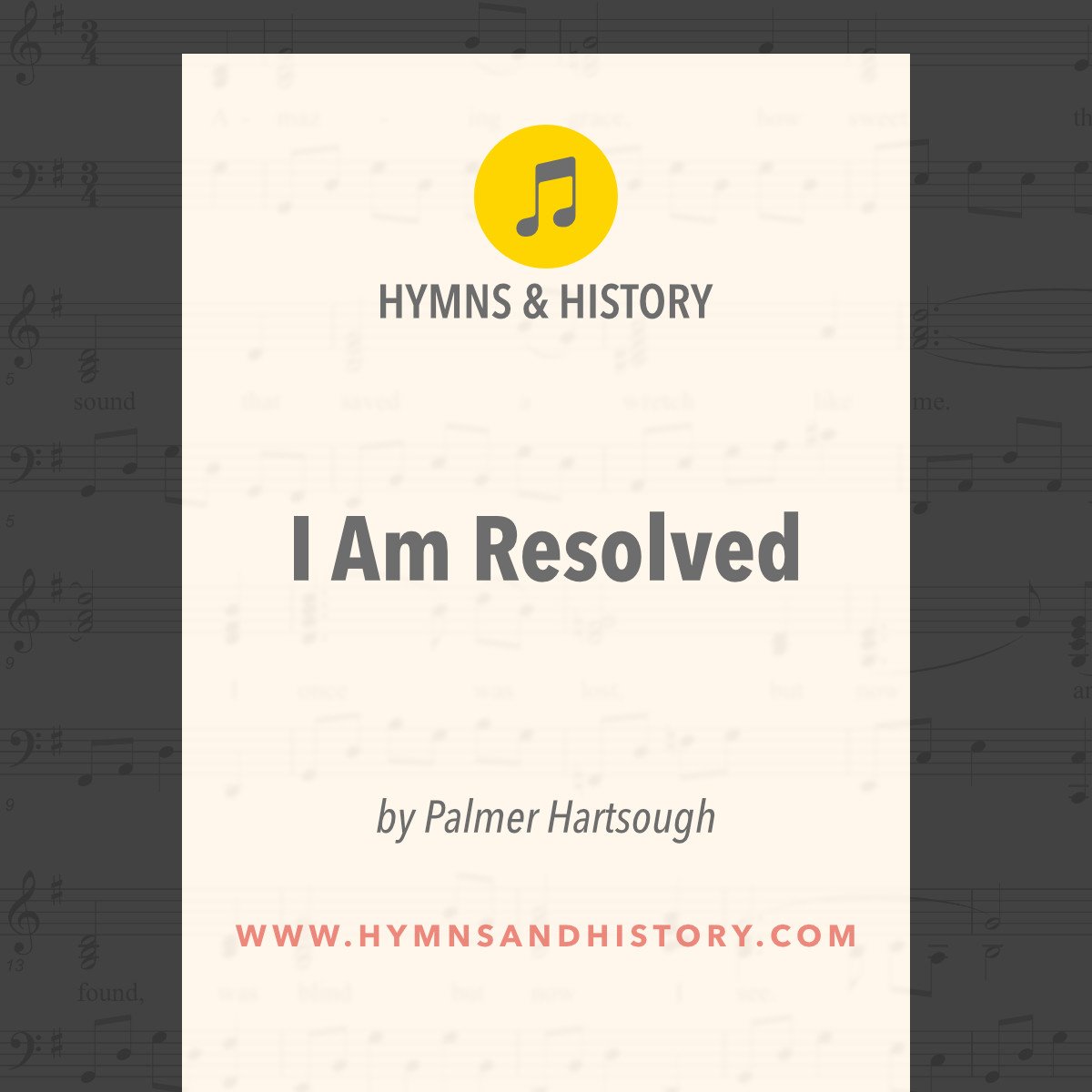
I Am Resolved Hymn Story and Lyrics
Palmer Hartsough wrote “I Am Resolved” as a tribute to Francis Edward Clark. The hymn, written in the late 1800s and first performed as the delegation song for Ohio at the 1896 World Endeavor Convention, expresses a firm commitment to abandon worldly pleasures and sin, choosing instead to follow Jesus, the true and just source of life. It emphasizes an eagerness and joy in coming to Jesus, acknowledging Him as the greatest and highest.

Joyful Joyful We Adore Thee
Joyful Joyful We Adore Thee was written in 1907 by Henry van Dyke and set the music of “Ode to Joy” from Beethoven’s 9th symphony. Read more for the full history, lyrics, and lyric video for this Christmas carol.

Hark! The Herald Angels Sing
Hark the Herald Angels Sing was written in 1739 by Charles Wesley. Over a hundred years later, William H. Cummings set the words to a secular tuner which became the popular version we know today.
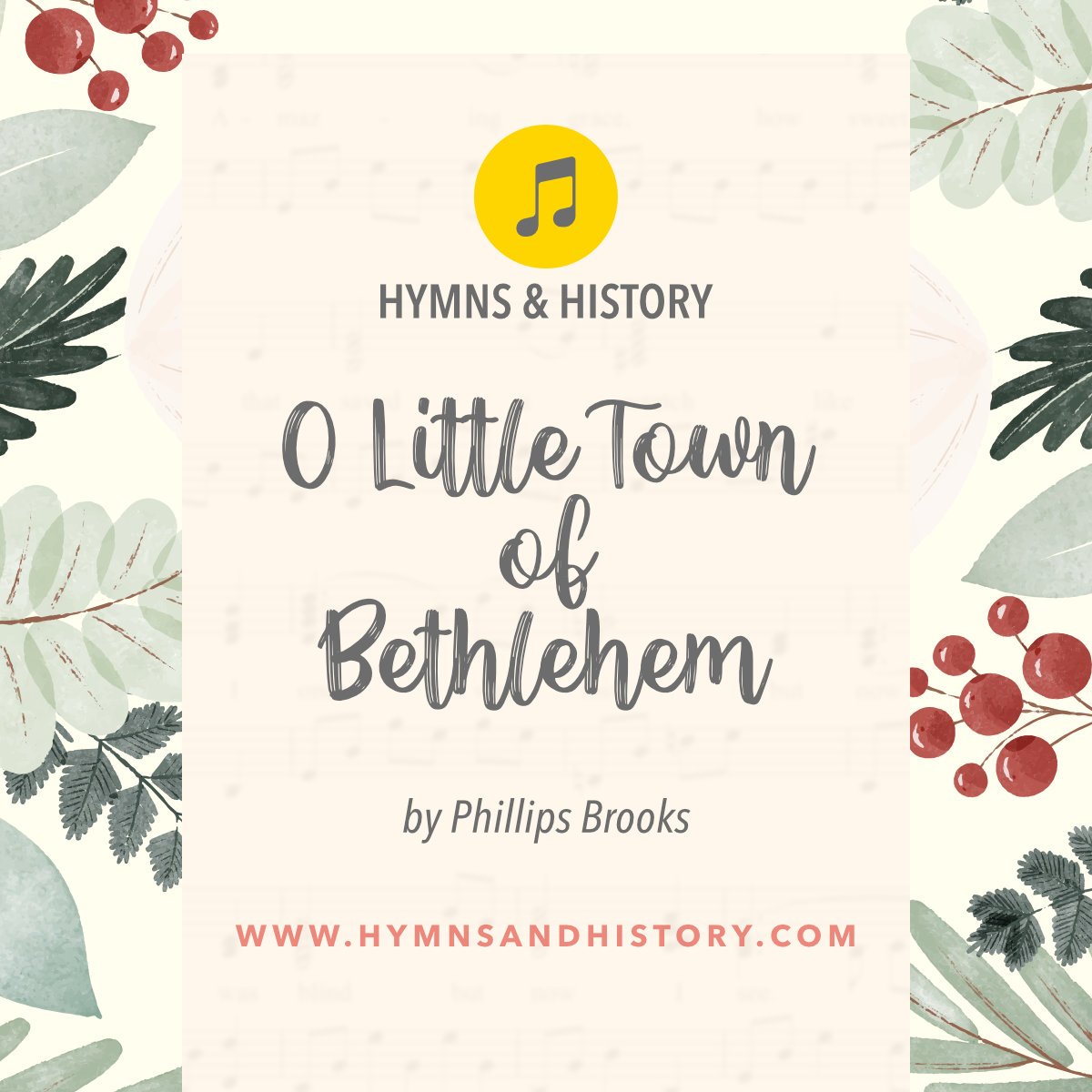
O Little Town of Bethlehem
When Phillips Brooks wrote a simple poem to be set to music for a children’s program in 1868, he had no idea that he would write a Christmas carol that would be treasured for generations. Read the story and find the biblical application of this classic carol.
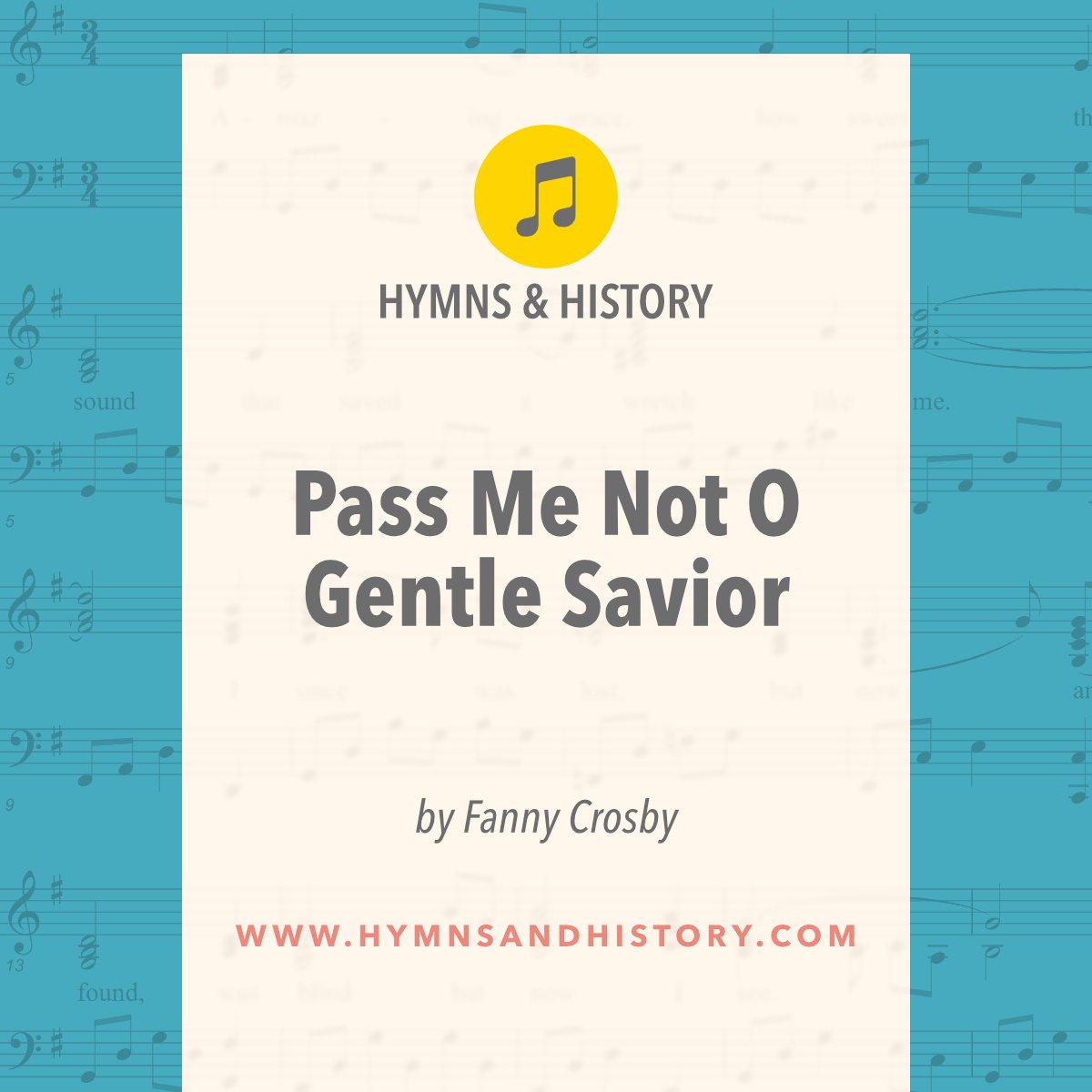
Pass Me Not O Gentle Savior
Uncover the origin of the hymn "Pass Me Not O Gentle Savior" by Fanny Crosby, and its profound message for the marginalized.
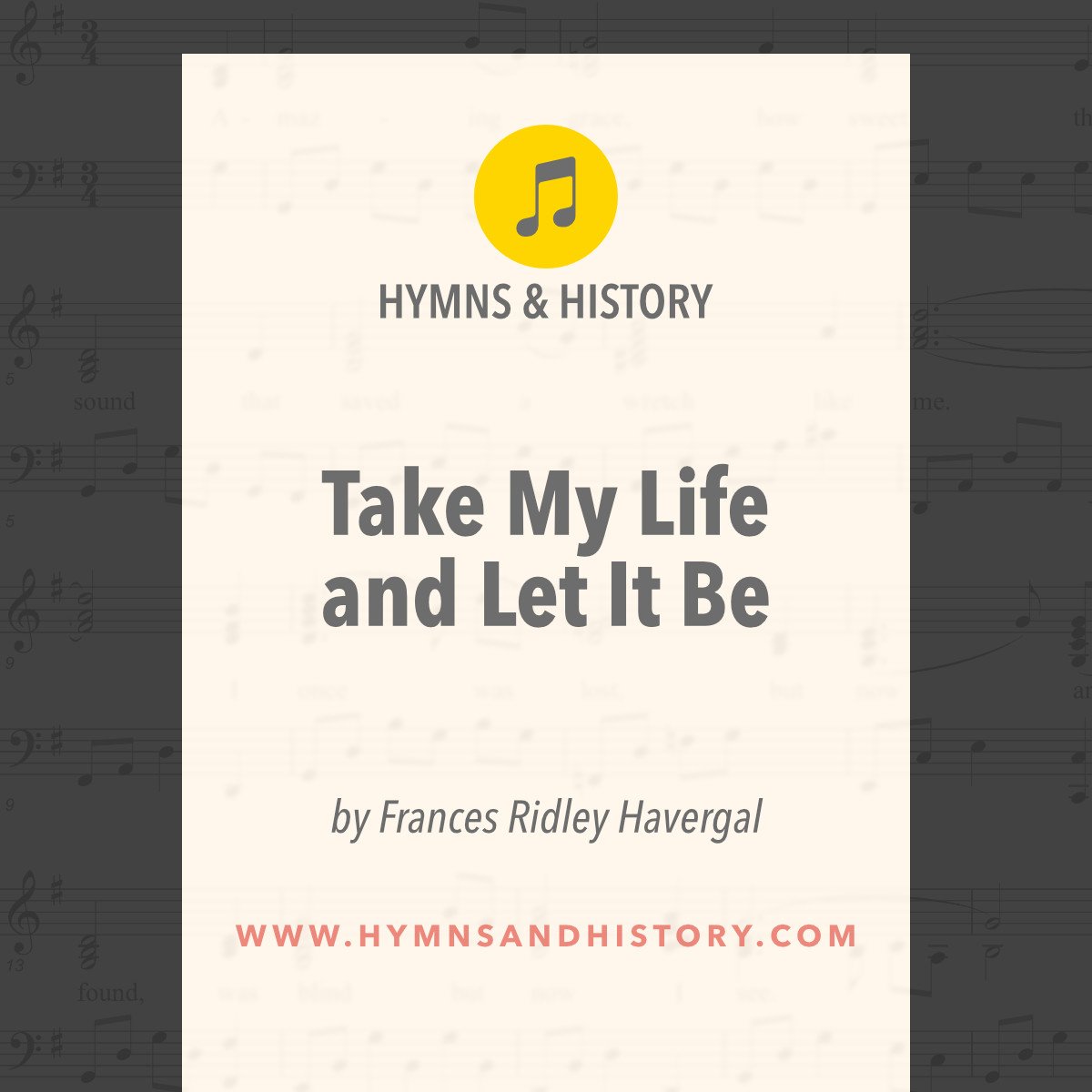
Take My Life and Let It Be
Discover the inspiring life of Frances Ridley Havergal, a gifted hymn writer and devout Christian. Learn about her profound spiritual journey, which led to the creation of the timeless hymn "Take My Life and Let It Be." Find enduring joy and strength through complete devotion to God, and be inspired to share this transformative joy with others.

I Am Thine O Lord
Fanny Crosby wrote I Am Thine O Lord in 1875 when she was inspired by the magnitude of who God is and what He has done for us. William H. Doane composed the tune, and shortly afterwards, the hymn became popular in churches across denominations.

Be Thou My Vision
Discover the rich history of the beloved hymn "Be Thou My Vision," deeply rooted in Irish Celtic tradition. Dating back centuries, it is attributed to Saint Dallan, an Irish Christian poet. Translated by Mary Elizabeth Byrne in 1905 and reworked by Eleanor Hull in 1912, the hymn was set to the traditional Irish tune "Slane" in 1919. Legend suggests it was inspired by Saint Patrick's defiance of the High King of Ireland on Slane Hill. While the historical accuracy is uncertain, the hymn's powerful words resonate with many, reflecting the boldness of spreading the gospel in a challenging environment.
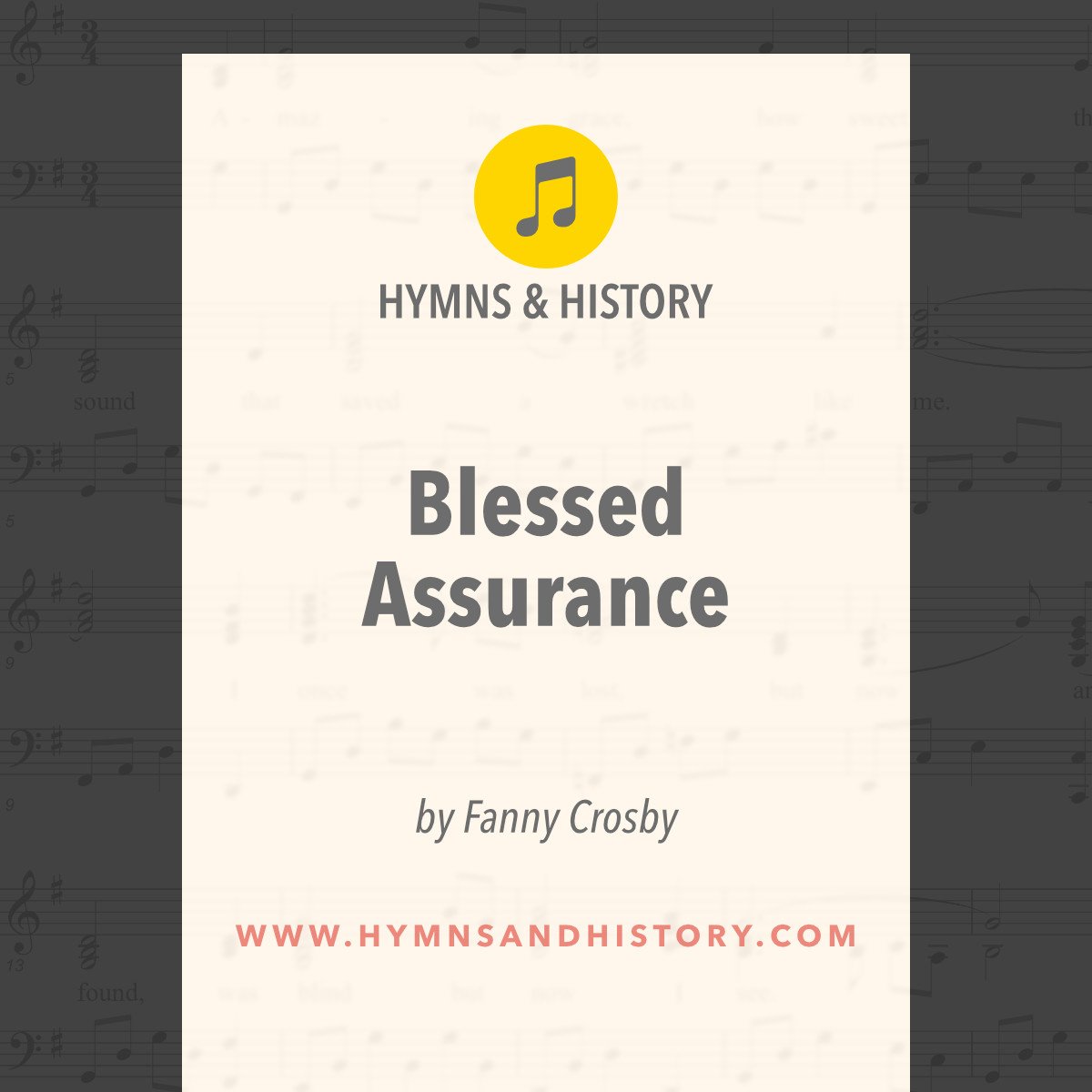
Blessed Assurance
Discover the inspiring story behind the hymn "Blessed Assurance" by Fanny Crosby, blind since infancy but a prolific hymn composer. Learn how she collaborated with Phoebe Knapp to create this hymn, first published in 1873. It gained popularity in 1887 through Ira Sankey's collection and was sung during revivals led by Dwight Moody. Fanny's remarkable memory allowed her to draw from Scripture, resulting in powerful lyrics. Her life exemplifies faith despite her blindness.

All Glory Laud and Honor
The hymn "All Glory Laud and Honor" has a rich history that traces back to Charlemagne's courts in the ninth century. Originally penned by Theodulph of Orleans, a Spanish refugee who became a bishop, the hymn gained prominence while Theodulph was imprisoned in Angers, France. While legend tells of his miraculous release, historical evidence suggests a different fate. Explore the origins and captivating tale behind this cherished hymn.

To God be the Glory
Fanny Crosby wrote To God Be the Glory in the 1870s, but it was Dwight L. Moody and Billy Graham who helped it become mainstream for many believers today.

O Sacred Head Now Wounded
While we don’t know exactly who wrote the poem that inspired O Sacred Head Now Wounded, but we do know its history dates back to 12th century origins.

Be Still My Soul
Kathrina Von Schlegel’s hymn, Stille, mein Wille; dein Jesus hilft, became popular in Germany throughout the Pietist movement in the mid 1700s. Romans 5:5 perfectly sums up the encouragement found in this hymn and the hope that the writer wished to convey.

The Love of God | Hymn History & Devotional
The history of this hymn from Frederick M. Lehman spans nearly a thousand years and multiple languages in a story that magnifies the unchanging nature of God.
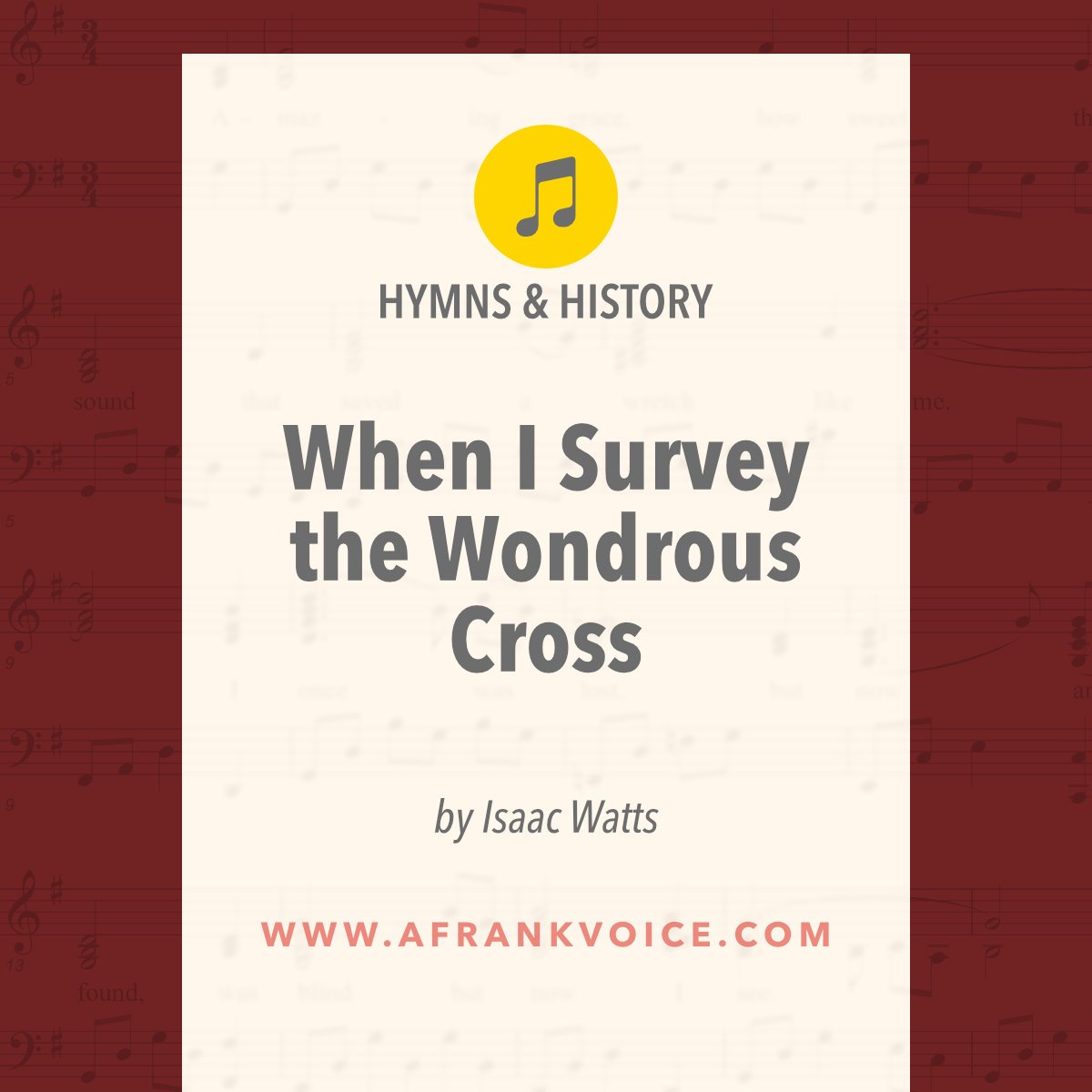
When I Survey the Wondrous Cross
Isaac Watts’ hymn, “When I Survey the Wondrous Cross” has been treasured for centuries because of its clear, convicting gospel call. The message of the cross is simple and timeless.

Beneath the Cross of Jesus
The first time Beneath the Cross of Jesus was sung, it brought everyone in the room to tears—sadly, the writer never had the chance to hear it.

Leaning on the Everlasting Arms
Professor Anthony Showalter was stricken with a deep sense of grief when he decided to try and write a poem of encouragement. How could he deal with such grief? Only by leaning on the everlasting arms.

All Creatures of Our God and King
St. Francis of Assisi wrote the poem that inspired this hymn as a reminder of how we should love God’s creation. His love for creation reflected in his eccentric lifestyle and habits, but he always kept his love for God at the forefront.
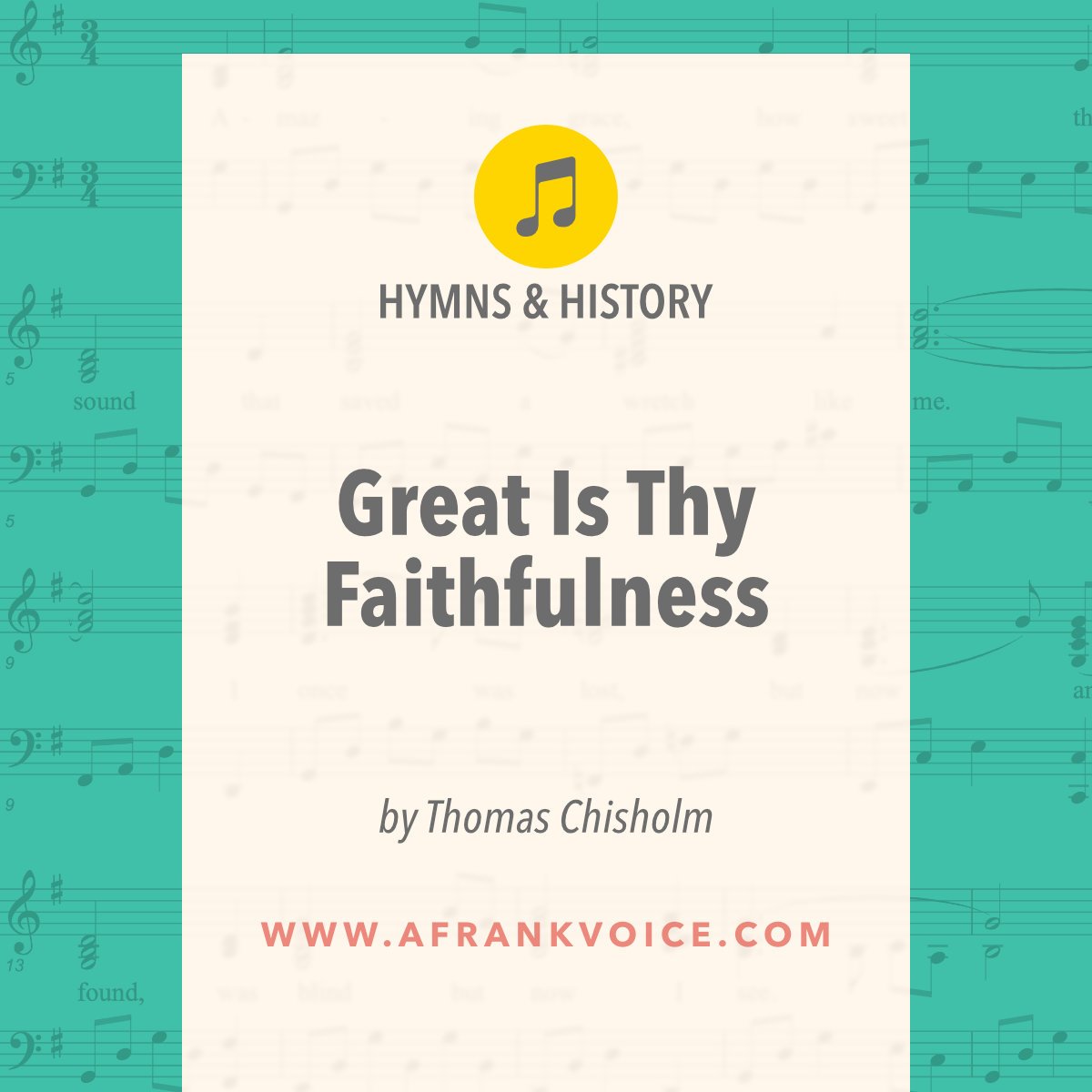
Great Is Thy Faithfulness
Thomas Obadiah Chisholm wrote this hymn in 1923 as a poem to reflect God’s faithfulness. Christian Composer William Runyan set the poem to music and it was published later that year.

The Doxology
The Doxology is a hymn for morning and evening, written by Thomas Ken as a way to start and end the day with a focus on God alone. How can we make sure to frame our entire lives around God?

